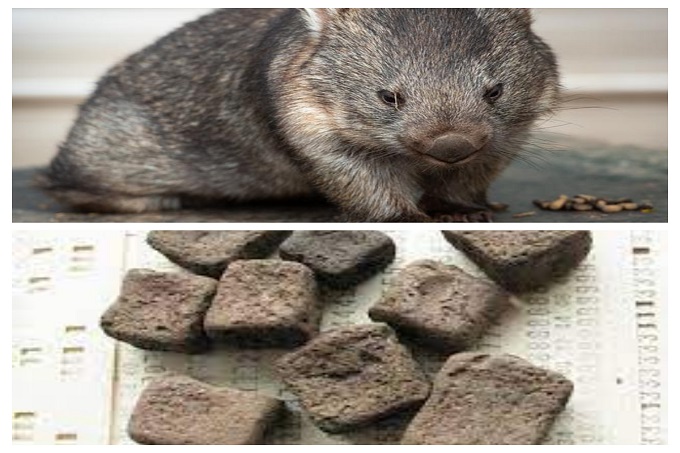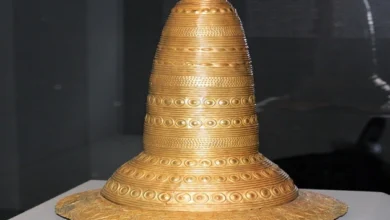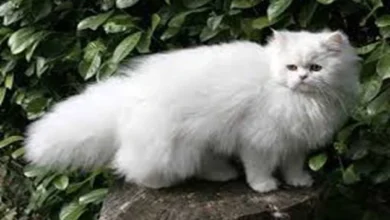Why wombats have square poop and other scientific puzzles

Men who study science tend to be quite smart. But most of the time, they have little idea of how our world operates, and while making discoveries, they frequently stop at the most basic things. In addition, scientific puzzles that make researchers twist their brains can occasionally be solved with an answer that is so simple that it appears to be a joke.
Why do flamingos stand on one leg?

If you have ever seen flamingos in real life or in images, you have probably observed that these birds stand on one leg when they are not moving. This is the case even when they are standing still. Since humanity first laid eyes on flamingos, they have been intrigued by the question of why the birds stand with their bodies twisted in such a way. For a very long time, scientists researching flamingos could not find a solution to this mystery. However, in 2019, researchers came up with a surprisingly simple solution. Flamingos use less effort to maintain balance when standing on one leg than when standing on two.
Why does vanilla not bloom in Europe?

Vanilla is a spice obtained from the immature fruits of plants of the Vanilla genus, most commonly from flat leaf vanilla. Even if you have never tasted a real spice, you still felt its aroma, for example, in creamy ice cream or pastries, where a synthetic substitute is added – vanillin.
In the 16th century, when the Spaniards brought vanilla from Mexico, it immediately gained popularity. There was only one problem – the high price due to the complexity of transportation. Then the Spaniards brought flat-leaved vanilla to Europe and planted it in approximately the same climatic conditions in which it grew in Mexico. But here’s the bad luck: years passed, and vanilla did not bear fruit, which went on for about 300 years. For 300 years, scientists have been puzzling over why vanilla does not want to bloom, and only by the middle of the 19th century was it found out that it was all about the bees.
The fact is that only Mexican melipona bees pollinate vanilla, and flowering was impossible without them. Only in 1841 did Edmond Albius, an enslaved person from Reunion Island, find a way to pollinate vanilla artificially, and its cultivation became possible anywhere else in the world.
What were the mysterious signals received by the Parkes observatory?

The radio telescope at the Parkes Observatory, which is found in Australia, is the one that became famous for live broadcasting the first landing of a man on the moon in 1969. The workers at the observatory started getting strange signals in the late 1990s, but no one could figure out what they were.
These signals were referred to as perytons, and an investigation was launched into them. According to the findings of some researchers, perytons originate on Earth, and the lightning strikes that are thought to be responsible for their formation are found rather close to the observatory. In 2015, a lead emerged following 17 years of research on the fundamental properties of signals. Both the work kitchen and the guest area at Perytons have been outfitted with microwave ovens. A signal that puzzled scientists were produced with a probability of fifty percent when particular positions of the telescope were used in conjunction with the early opening of the door of a microwave that was operational.
Who makes quacking sounds in Antarctica?
The Antarctic is both Antarctica and the region of the ocean around it. More than 50 years ago, scientists first recorded a sound similar to the quacking of ducks, which could not be here. Moreover, the sound came from under the water and was recorded by submarine crews. This sound was repeated with a such duration that, at first, it was perceived as artificial, like the work of screws or other mechanisms.
Later, scientists suggested that fish made the sound, but it was too loud for them. Then, to test the source of the sound, the scientists attached trackers with microphones to Antarctic minke whales, one of the species of whales that live in Antarctica, to use them as a kind of mobile platform. As it turned out, the same minke whales were the source of the quacking sounds.
Why do wombats have square poop?

Wombats are a type of marsupial animal that can be found in Australia. Because of their outward appearance,
similar to that little bears or giant hamsters, they have gained a lot of popularity worldwide. The shape of a wombat’s poop, namely a square pattern, caught the attention of scientists far more than the animal’s outward look. They had never seen anything like this before or since the wombats, and it was unclear how the square shape was made or what its meaning was supposed to be.
After a considerable time researching wombats, scientists realized that, like other animals, wombats use their feces to mark their territory. Why is it square? to avoid going backwards if that’s the case? This is the solution to the problem that has been puzzling scientists for a considerable time. The structure of the animal’s intestines is responsible for manufacturing an unusual shape. More specifically, the furrows in the organ’s terminal section have a more elastic structure than the rest, producing a unique shape.




